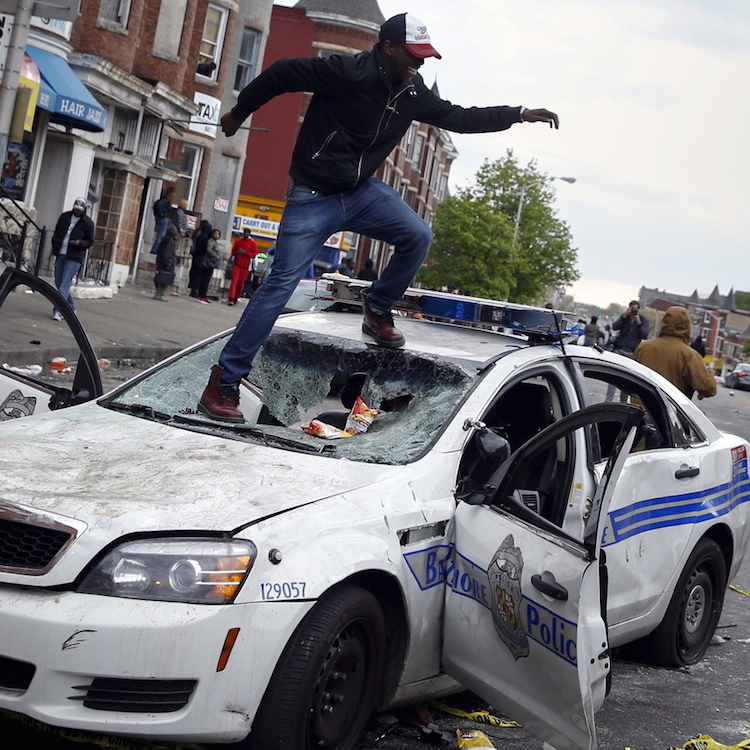At the time of the riot, I was stationed at Camp Grayling doing a two week period of summer training. I had just completed one full week and was looking forward to the final week when word came down that we had been ordered back to Detroit. I was a member of the 107th Medical Battalion stationed at the Light Guard Armory on Eight Mile Road. I spent Sunday evening traveling from town to town around Grayling stopping at the local bars to notify the Guardsmen that all leaves had been cancelled and they were being ordered back to Camp Grayling. We spent the night of July 23rd loading trucks and taking down tents and packing. We arrived back in Detroit at 8:00 AM on Monday, July 24th.
The Michigan National Guard was not prepared for the riots. We had a very limited amount of ammunition and, being a medical unit, had a limited number of firearms. I had not fired a weapon since basic training. For the initial day, we blocked streets around the Armory and set up positions to protect the entrances. I carried an empty 30 caliber carbine made by the Inland Manufacturing Company in 1943. I was actually afraid to fire it for fear it would malfunction and explode.
One Tuesday, July 25th, a number of us were loaded into trucks and arrived at Fire Station 26 at Alter Road and Warren. We pitched our tents in the vacant field across from the station and were assigned to fire trucks – two men to a truck. I still had no ammunition. I made several runs over the next few days with my assigned truck and most of the runs were at night. We took on sniper fire as soon as we neared our destination of a burning house or business. I can recall leaving the scene of a burning house at the direction of the fire chief to protect ourselves and the firemen from the sniper fire. The only way we could determine where the shots were coming from was to look for the muzzle flashes. The snipers were aware of this so they fired out of the house windows from well inside. Many times you could hear the bullets strike the asphalt streets and ricochet off in another direction.
Later that week, I was assigned to barricade duty on the corner of Warren and Alter Road. A curfew was in affect and auto traffic was restricted in and out of the city. Little traffic entered the City but many people wanted out. I was moved several times during the many weeks I served with my unit and eventually ended up back at the Light Guard Armory as the Federal troops were assigned to the city. They had trucks and jeeps and were well armed.
I am not sure exactly how many people died in the riots but I was at the City of Detroit morgue on one of my many assignments and there were 26 dead bodies on the floor at that time. All these bodies had been recovered within forty-eight hours of the time that we were at the morgue. It is hard to believe the news articles that stated that only 43 people had died in the riots. I believe to this day that the news was edited to downplay the violence resulting from the riots.
Being a support unit, we served for many weeks in August and I was finally released around September 7th. Sadly, the riots resulted in a lot of destruction to the black areas of the City. The people that suffered were the ones that started the riots or lived nearby. I continue to believe that the riots hurt the City more than people realized at the time. Several articles were written that tried to also downplay what was called “white flight” in the years that followed. Hopefully, this type of violence will never occur again.








